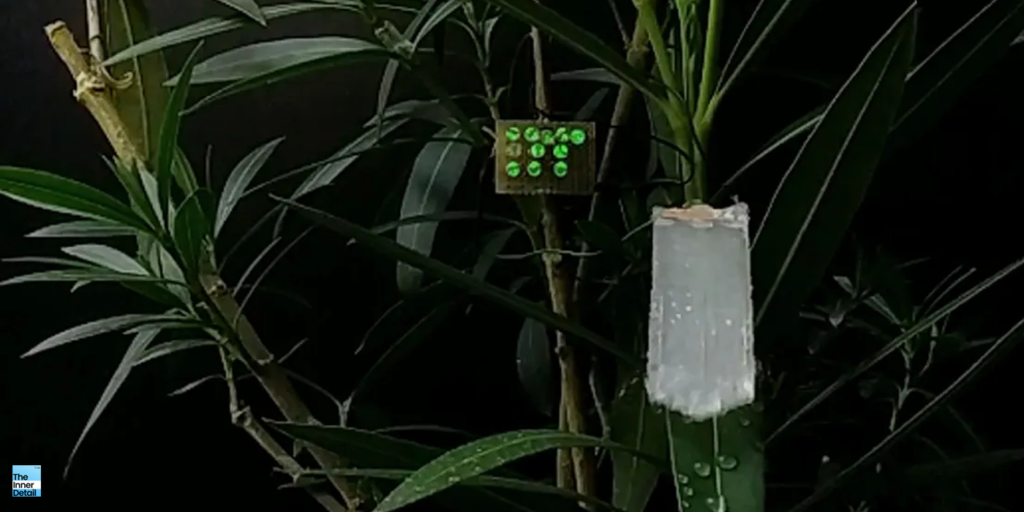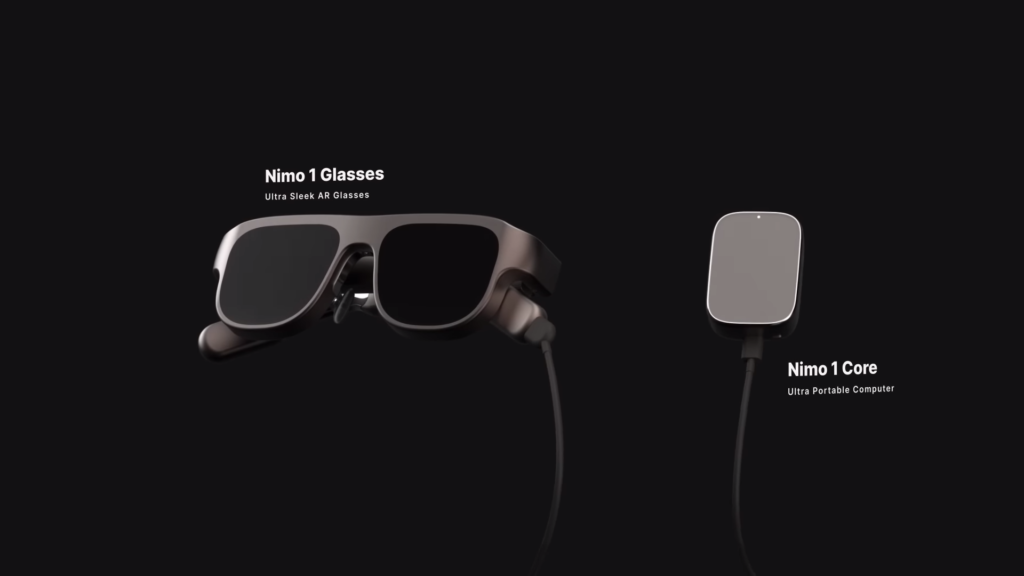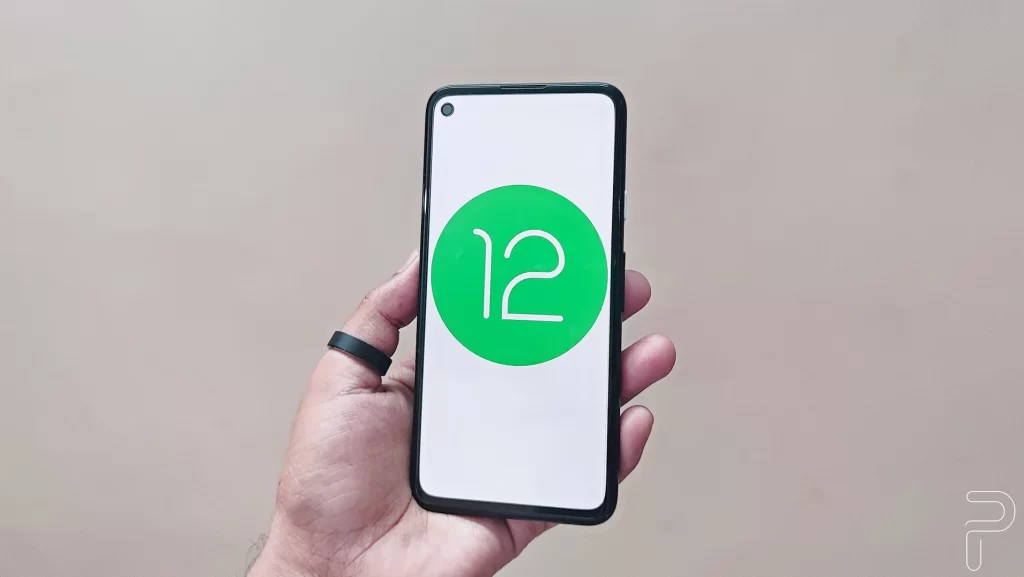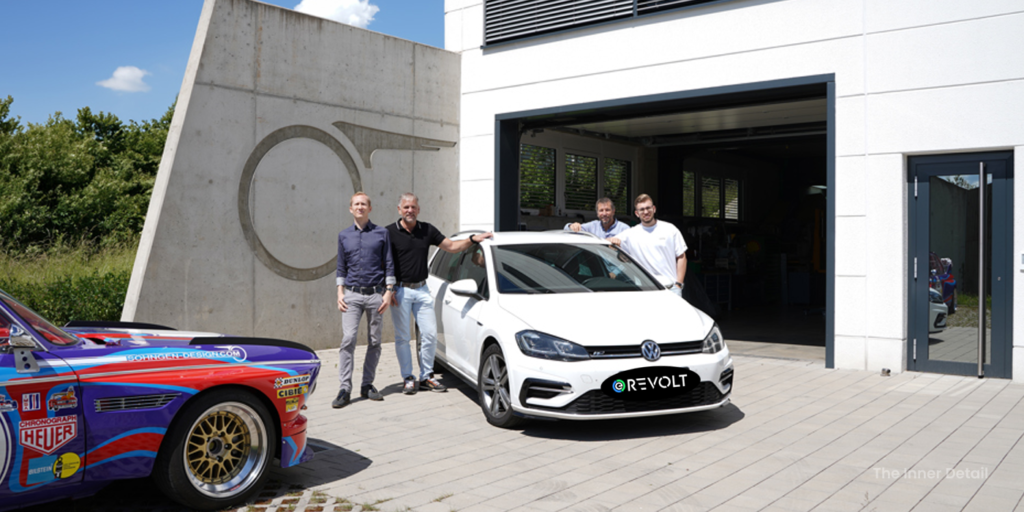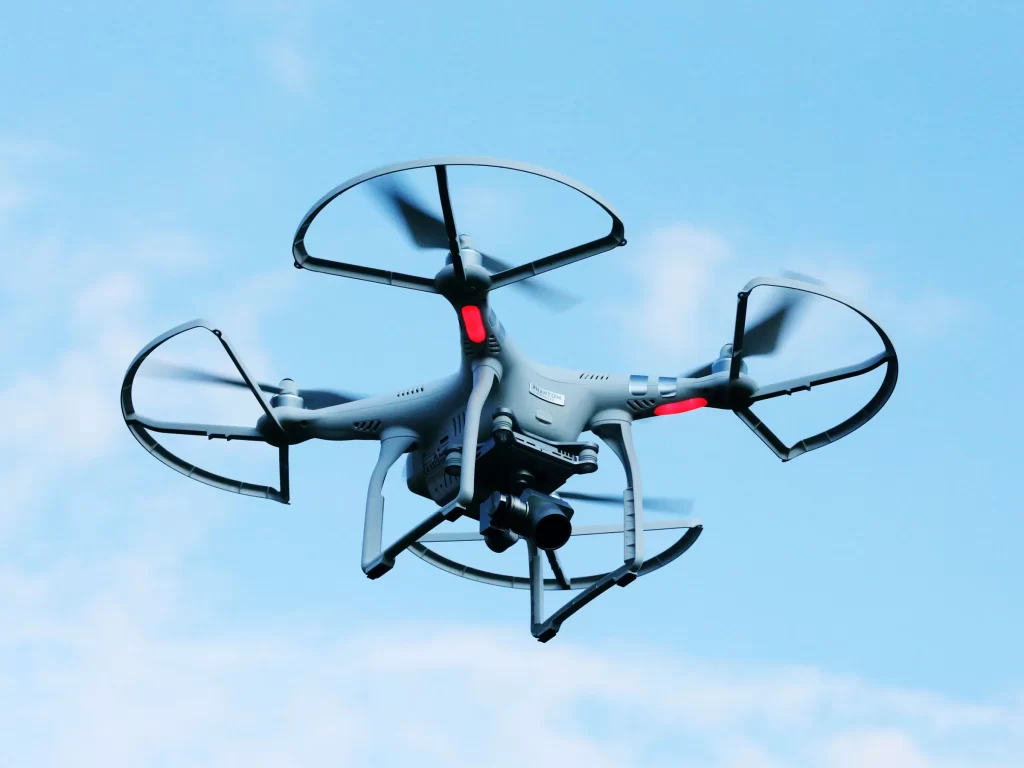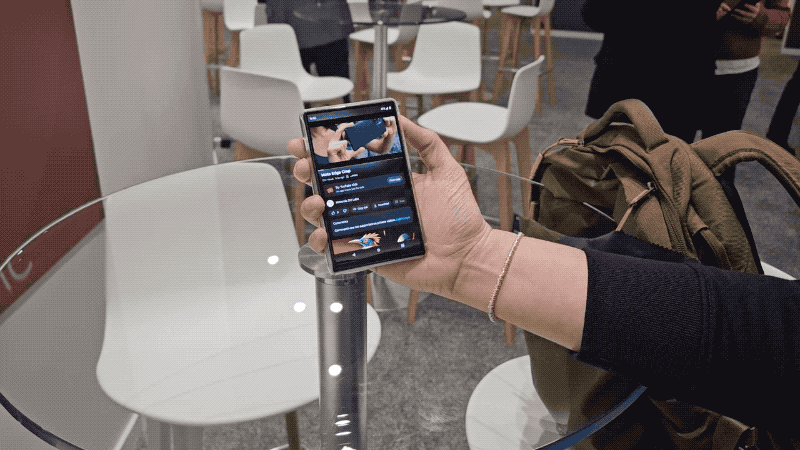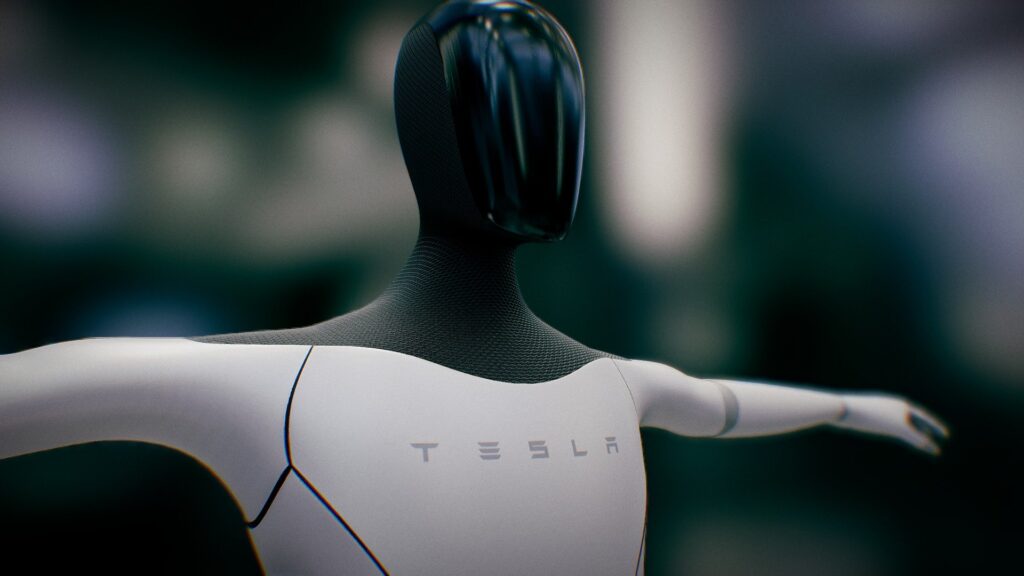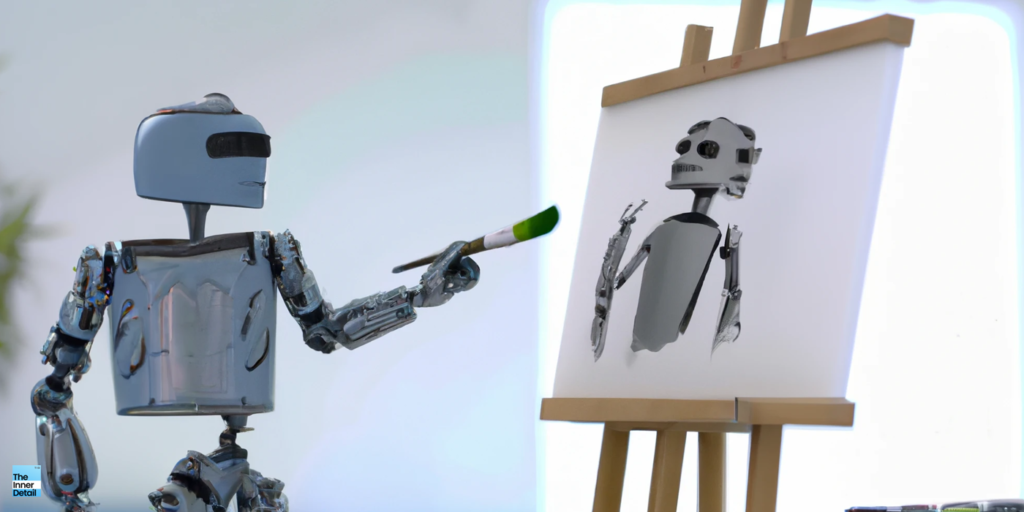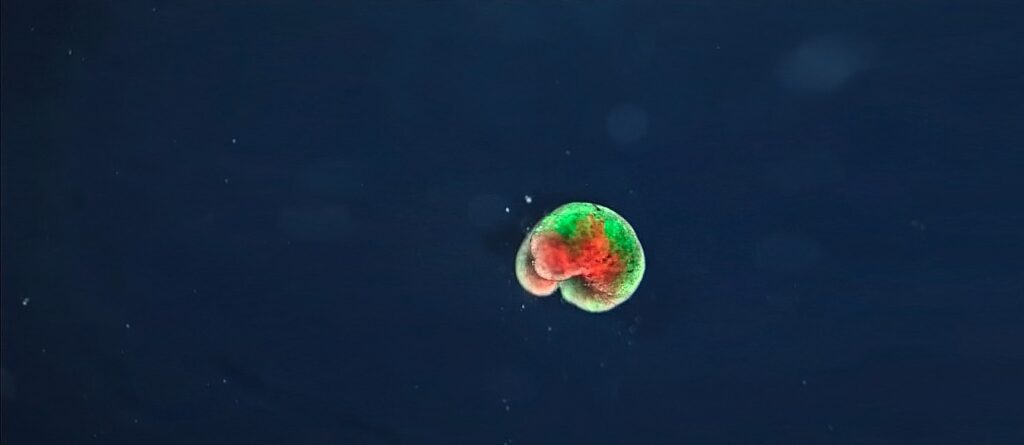Italian researchers have developed an artificial leaf that is embedded within plants to generate electricity from raindrops or wind using static charges concept.
Blending technology with nature isn’t new to this world, as we had been harvesting exploiting nature for generating energy by every possible means, starting from solar, wind to even human’s urine and sweat. Something surprising happens everyday in the technological world and this artificial leaf is a cherry in that aspect.
Fabian Meder, a researcher at the Italian Institute of Technology (IIT) in Genoa, Italy, who is studying bioinspired soft robotics, revealed about this artificial leaf that it could be practically deployed for agricultural applications and remote environmental monitoring in order to observe plant health or monitor climate conditions.
Artificial Leaf
Artificial leaves had already existed for capturing more carbon and producing fuel, alternative to petrol, but this way of generating electricity from wind and rain is new.
Researchers embedded their artificial leaf system within the leaves of a living oleander plant, and evaluate its ability to produce energy.
“When the leaves move in the wind, the two surfaces touch each other and separate again, creating static charges on the plant leaf cuticle and on our device,” told IEEE Spectrum Meder. “These charges are induced into the inner cellular tissue of the plant, where they create a current. We can harvest this current by an electrode inserted into the plant tissue.”
“The results revealed that wind and rain energy harvesting are possible with the device – either separately or simultaneously – making it a multifunctional energy harvester or self-powered sensor,” told IEEE Spectrum Barbara Mazzolai, researcher from IIT, Italy who also was involved in the study.
When raindrops fall on this top layer, they charge the surface and connect the electrodes embedded within and on top of the artificial leaf, creating a capacitor. As the raindrops shrink and spread over the leaf’s surface, the capacitive coupling between the electrodes changes, producing a current.
Ultimately, the artificial leaf is capable to generate over 40 volts and 15 microamperes and can power 11 LED lights with single water drops on the leaves.
The study is published in IEEE Robotics and Automation letters.
Related Posts
What’s next?
The peculiarity of this artificial leaf on comparison to that of others is that it can actually create more electricity in wet conditions, whereas other known artificial leaves are bogged down when wet.
Researchers are now looking to enhance the performance of the artificial leaf through design modifications such as the shapes of the electrodes and the materials chosen.
Adding to this Mazzolai said that, “We have filed a patent application on the technology and are analyzing the potential markets. Still, some research is necessary before defining the final product – for example, we want to test the systems in detail under outdoor and strongly varying wind and rain conditions.”
Artificial things are surfacing more now than ever!
Hope you find the page useful!
Drop your thoughts about the artificiality in the comments..
(For more such interesting informational, technology and innovation stuffs, keep reading The Inner Detail).
